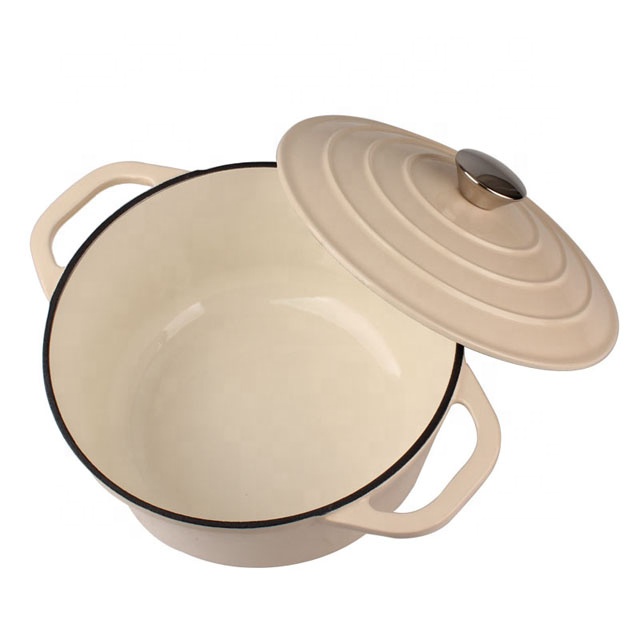
types of woks
Exploring the Different Types of Woks
Woks are essential cooking tools in many Asian cuisines, particularly in Chinese cooking. Their unique design, featuring a round bottom and tall sides, allows for versatile cooking techniques such as stir-frying, steaming, and braising. Understanding the different types of woks available can elevate your culinary experience and help you choose the right one for your cooking needs.
1. Traditional Carbon Steel Wok
The traditional carbon steel wok is a favorite among professional chefs and home cooks alike. It heats quickly and distributes heat evenly, making it ideal for high-temperature cooking methods like stir-frying. Carbon steel woks require seasoning to develop a natural non-stick surface, which enhances their cooking performance and adds flavor to dishes over time. Proper care, including regular cleaning and oiling, ensures longevity and optimal usage.
For those who prefer a low-maintenance option, non-stick woks are a popular choice. These woks feature a non-stick coating that prevents food from sticking, making them easy to clean and suitable for cooking with minimal oil. Non-stick woks are perfect for beginners or anyone wanting to simplify the cooking process. However, they may not withstand high temperatures as well as traditional woks, limiting their use for certain cooking techniques.
3. Cast Iron Wok
types of woks

Cast iron woks are known for their excellent heat retention and even cooking. They are particularly well-suited for slow-cooking methods and can be used both on the stovetop and in the oven. Like carbon steel, cast iron woks require seasoning to maintain their non-stick properties. However, they tend to be heavier and take longer to heat up, but their durability makes them a worthwhile investment for serious cooks.
4. Stainless Steel Wok
Stainless steel woks offer a modern twist on the traditional design. They do not require seasoning and are resistant to rust and staining, making them easy to maintain. However, they may not heat as evenly as carbon steel or cast iron woks, which can result in uneven cooking. Stainless steel woks are great for those who value durability and low maintenance, but may require the addition of oil to prevent sticking.
5. Electric Wok
For convenience, electric woks bring the cooking versatility of traditional woks into an electric appliance. They typically feature temperature controls, making it easy to achieve the desired cooking temperature. Electric woks are ideal for those with limited stovetop space or for cooking in places without a traditional kitchen. However, they might not provide the same high heat that a stovetop wok can achieve, which is crucial for authentic stir-frying.
In conclusion, selecting the right type of wok depends on your cooking style and preferences. Whether you choose a traditional carbon steel wok for its versatility or a non-stick option for ease of use, each type offers unique benefits that cater to different culinary needs. Embrace the world of woks and elevate your cooking experience!
-
Season Cast Iron Perfectly with GPT-4 Turbo TipsNewsAug.01,2025
-
High Quality Cast Iron Cookware - Baixiang County Zhongda MachineryNewsAug.01,2025
-
Premium Cast Iron Pan: Durable & Perfect HeatNewsAug.01,2025
-
High Quality Kitchen Durable Black Round Cast Iron Cookware Pancake Crepe Pan-Baixiang County Zhongda Machinery Manufacturing Co., Ltd.NewsAug.01,2025
-
Cast Iron Cookware - Baixiang County Zhongda Machinery | Nonstick, Heat ResistanceNewsAug.01,2025
-
High Quality Kitchen Durable Black Round Cast Iron Cookware - Baixiang County Zhongda Machinery | Non-Stick, Heat Retention, DurableNewsJul.31,2025


